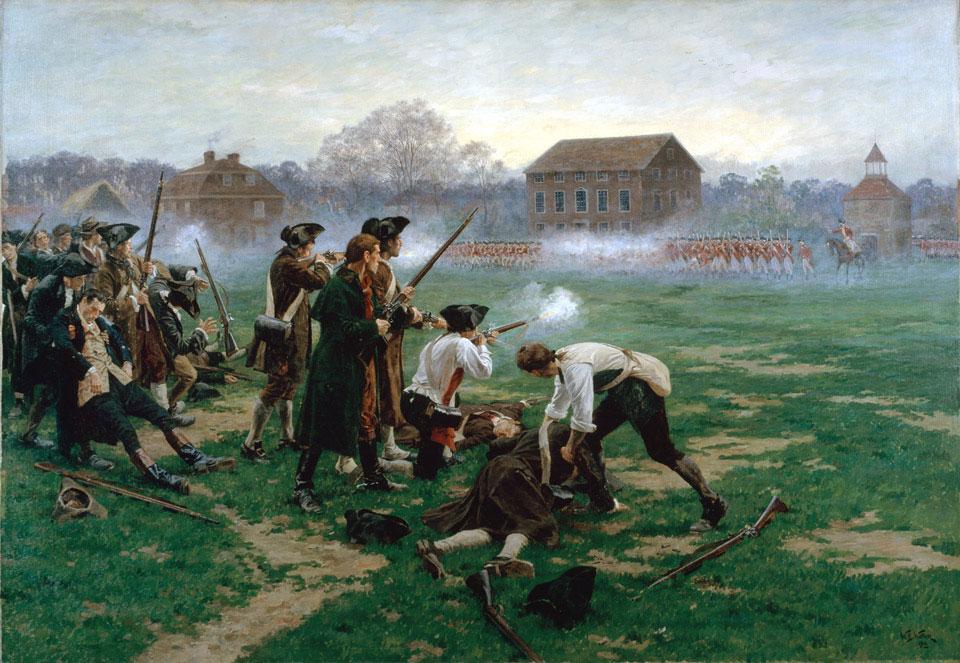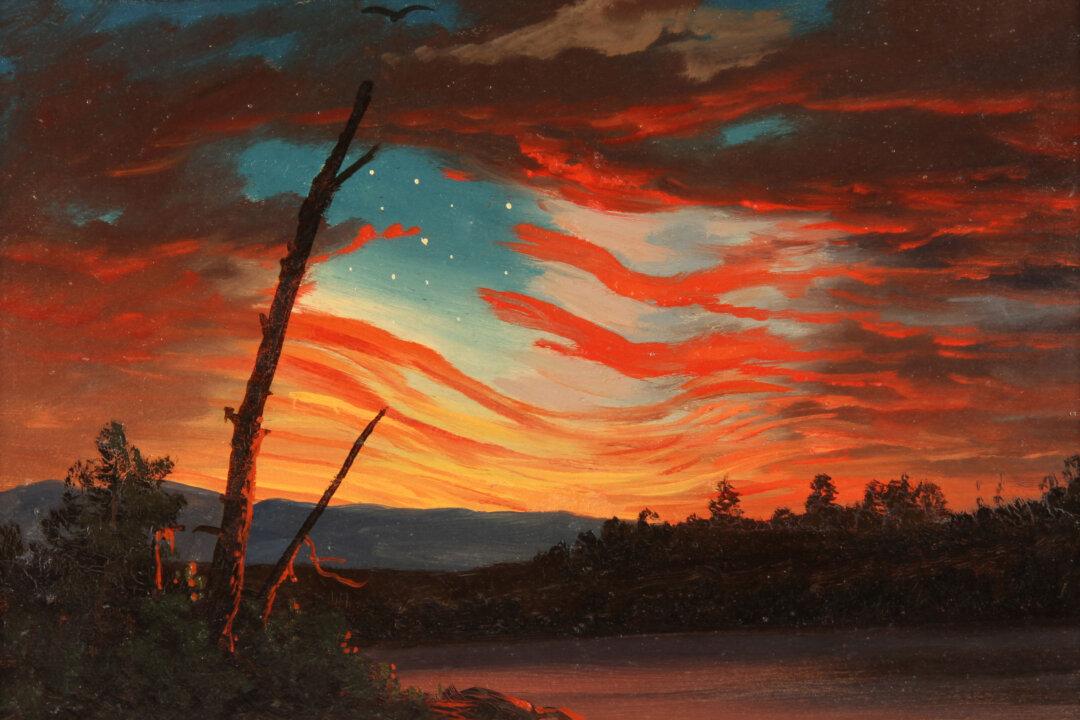It was dawn, April 19, 1775, and the British troops who had left Boston earlier that night arrived at Lexington, Massachusetts, in search of caches of arms gathered by American colonialists and hoping to arrest Sam Adams and John Hancock.
Assembled on Lexington’s town green was a collection of civilians: militia roused to confront the British by riders like Paul Revere. The British commander ordered the militia to throw down their arms and disperse. Suddenly a shot rang out, fired by an unidentified rifleman. The British troops responded by cutting loose with their muskets, killing eight of the colonials.






